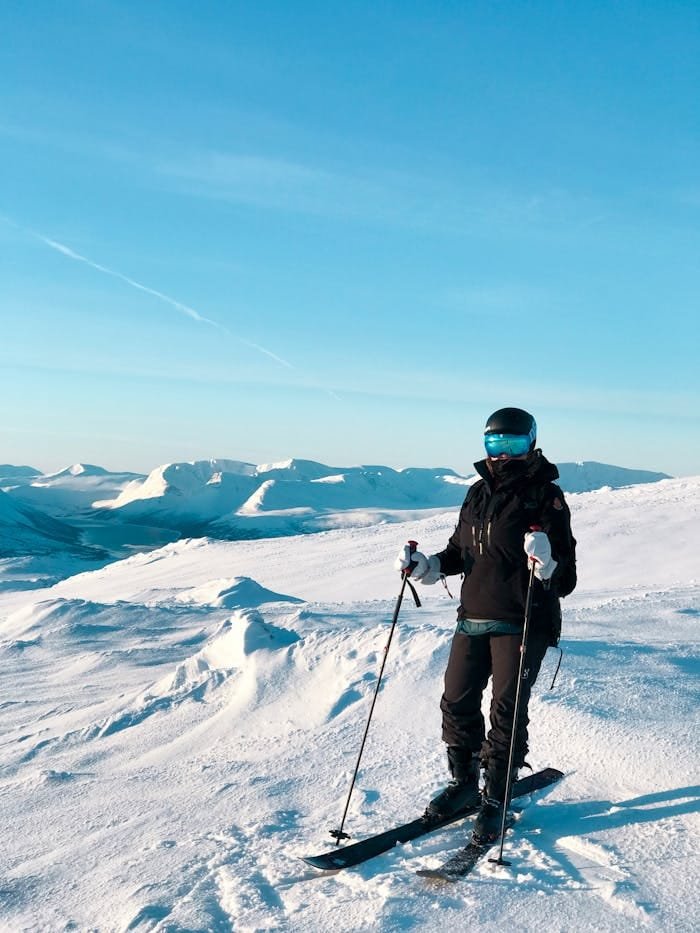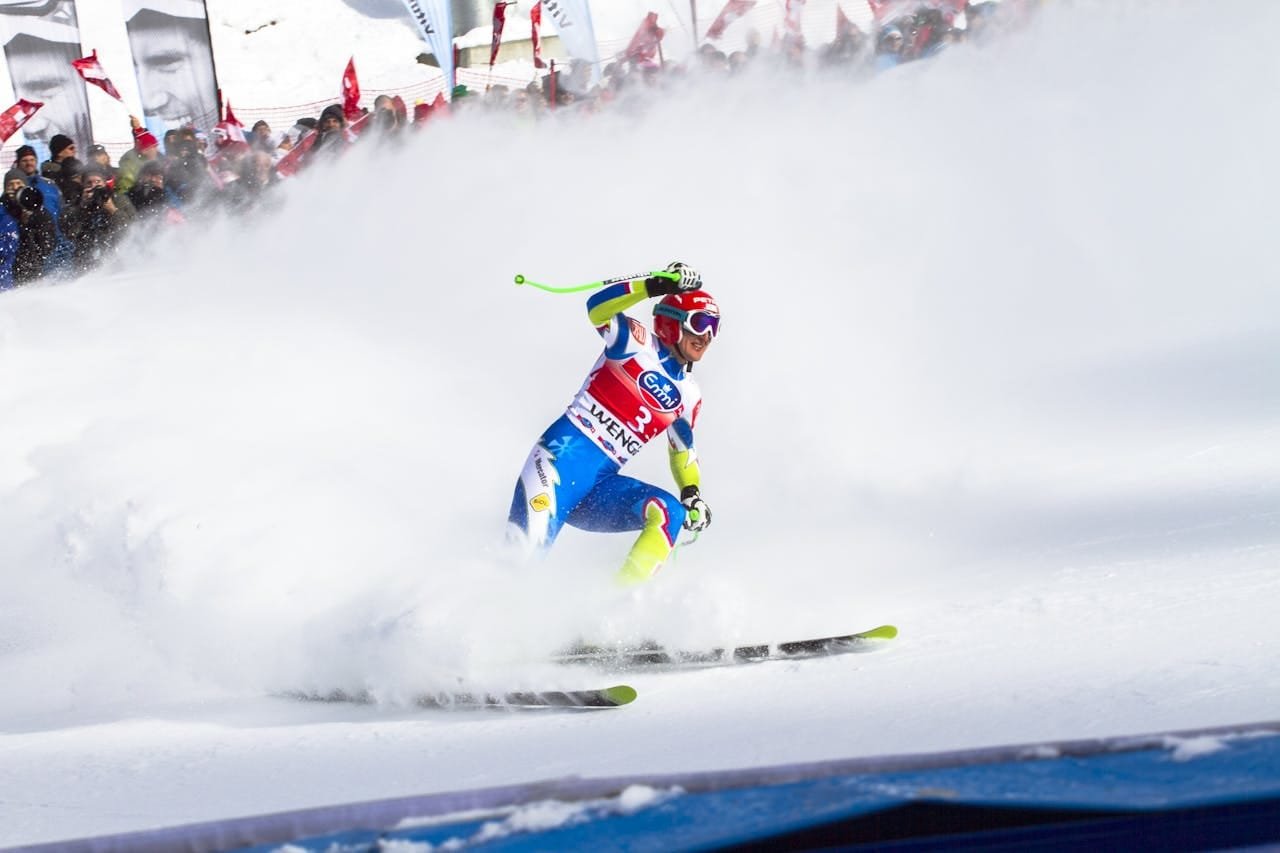
Japan is acclaimed for the beautiful landscapes and rich culture associated with the country, offering amazing opportunities for skiers, that is. Here with perhaps the best powder in the world, Japan skiing will be remembered by skiers, be they novices or pros. Permit your guide to lead you down the path of skiing destinations, the best time to go, and what is unique about skiing in Japan.
Why Ski in Japan?
Powder Snow Paradise
Japan’s ski resorts are famous for their light, dry powder snow with pride, it is even called “Japow.” Cold air masses that originate from Siberia pick up moisture as they pass over the Sea of Japan and, in turn, bring snowfall to the mountains of Japan. Skiers and snowboarders from all around the world participate in snow conditions given nowhere else but here.
Diverse Ski Resorts
From the northern island of Hokkaido through to the Japanese Alps on Honshu, Japan boasts a mind-boggling array of ski paradises to cater to every skill level and preference. From challenging off-piste runs to family-friendly slopes—you can find it all in Japan.
Cultural Experience
Beyond the slopes, skiing in Japan delivers a unique cultural experience Japanese hospitality at its best relaxes in an onsen after a day on the slopes, while indulging in the fantastic flavor of local cuisine. These are the factors that make a ski trip to Japan so much more than just a sporting holiday.

Best Ski Spots in Japan
Niseko
Perhaps the most famous ski resort in Japan is Niseko. The most famous powder snow in Hokkaido characterizes this area. Meanwhile, a wide variety of terrain opportunities can fit all takers for preferences and capabilities, whether for skiers or snowboarders. Four interlinked ski resorts surround this area: namely Grand Hirafu, Hanazono, Niseko Village, and Annupuri, all having unique features.
Highlights:
- Loads of off-piste expanse
- Night skiing
- Lively après-ski scene Mankind
- A variety of International dining
- Proximity to picturesque Kutchan
Accommodation:
Luxury type: includes hotels and condo types, through to budget hostels. Poplar choices include the Hilton Niseko Village, Ki Niseko, and the Green Leaf Niseko Village.
Access:
Niseko is approximately a 2.5-hour drive from New Chitose Airport near Sapporo. Shuttle buses and private transfers are available.
Hakuba Valley
Situated in the Japanese Alps, Hakuba Valley is yet another world-class skiing destination. It consists of ten ski resorts, with Happo-One among them, and was hosting various events during the 1998 Winter Olympics. Hakuba has many various terrains, from fluent beginner slopes to high expert runs.
Highlights:
Olympic-level slopes
- Scenic alpine views
- Variety of accommodation options
- Thriving nightlife in Echoland
- Proximity to the historical town of Matsumoto
Accommodation:
Hakuba Valley has quite a lot of hotels and Chalets as the type of their accommodation. Popular choices here include Hotel Sierra Resort Hakuba, Hakuba Tokyu Hotel, and Happo Lodge.
Access:
Hakuba Valley is about 4.5 hours from Tokyo: you can take a bullet train to Nagano and then transfer to a bus or taxi for Hakuba.

Nozawa Onsen
Nozawa Onsen, located in Nagano Prefecture, is world-famous for its skiing it’s a major ski area while softly flickering with many of the country’s traditional hot-spring baths. Ski Japan Holidays direct charter group ski packages can deal for Nozawa Onsen ski packages from SGD830 onwards for a 5 Day Beginner Ski Package to SGD1180 for an 8 Day Intermediate/ Advanced Ski Package.
Highlights
Authentic Japanese village atmosphere
- Relaxing hot springs
- Annual Fire Festival in January
- Extensive backcountry opportunities
- Family-friendly amenities
Accommodation:
Staying in Nozawa Onsen provides a unique experience, and one can easily find traditional inns (ryokan) and lodging. Some of the more popular ones include Ryokan Sakaya, Nozawa Grand Hotel, and Lodge Matsuya.
Access:
Nozawa Onsen is about a 2-hour travel by bullet train to Iiyama station, and then another 20 minutes by bus up to the resort.
Furano
Also in Hokkaido, Furano is well regarded as having light, dry powder with good weather. The resort is less crowded than Niseko, meaning it is a great place to head for those seeking a more peaceful time on the slopes. The Furano Ski Area offers a good range of slopes, from beginner-friendly through to challenging runs for expert skiers.
Highlights
Spectacular views of the Tokachi Mountain Range
- Less crowded slopes
- Proximity to Furano’s famous lavender fields (beautiful in summer)
- Unique local events, such as the Furano Bellybutton Festival in July
Accommodation:
Furano accommodation could fit any budget, starting from a ski-in/ski-out hotel to a small cozy pension with New Furano Prince Hotel, Furano Natulux Hotel, and Pension Lavender rated at the top of the list.
Access:
The nearest friends of Furano are New Chitose Airport within 2 hours by car or Asahikawa Airport, just 1 hour by train.

Best Time to Ski in Japan
The ski season in Japan usually lasts from December to April, with the peak set to normally prevail from the middle of January to the end of February. December and late April can also provide good skiing conditions, although snow conditions remain unpredictable.
Factors to Consider:
Snow Quality: The best quality of snow for powder is January and February.
Crowds: It’s less crowded in early December and late March/April.
Events: Check for local festivals and events that might improve your visit, such as the Nozawa Onsen Fire Festival in January.
Tips for Planning Your Ski Trip to Japan
Accommodation
Pre-book your accommodation, especially if arriving during the high season. The options range from luxurious hotels with ski-in/ski-out conveniences to budget-friendly hostels and traditional ryokan.
Transportation
Most ski resorts are also easily accessed on Japan’s effective public transport network. Purchase a Japan Rail Pass if you need to travel between several places. Ensuring access to more remote resorts, shuttle services, and even rental cars are provided.
Gear Rental
Most major similar ski resorts offer quality gear rental services in Japan. In ski resorts, bring your gear as much as possible and preferably rent it if you have specific preferences and needs.
Language
Although English is spoken at large resorts, it doesn’t hurt to pick up a few Japanese expressions. Should help get around better and learn more.
Unique Experiences in Japanese Ski Resorts
Onsens
Onsens A good sense of opportunities that do not exist in the world of skiing: for instance, relaxation in an onsen after completing a day’s skiing. Besides being a very hot spring bath, it is also extremely soothing and typical of Japan. Notable onsen towns near the ski resorts are Nozawa Onsen and Niseko.
Japanese Cuisine
A culinary visit of any ski trip that hits Japan is, of course, to savor their cuisine. From fresh sushi and sashimi to heaping bowls of warming ramen and nabe hot pot there are fairly endless culinary delights. Be sure not to miss out on regional specialties like Hokkaido’s seafood or Nagano’s soba noodles.
Cultural Festivals
What does that add up to? Timing your trip to coincide with local festivals can make your ski holiday extra special. Good festivals to catch are the Nozawa Onsen Fire Festival in January and the Sapporo Snow Festival in February.
Snow Monkeys
Visit the one-and-only Jigokudani Monkey Park in Nagano, Japan, and see how you can loiter with wild Japanese macaques bathing in natural hot springs. Plan this perfect day trip while you’re staying in either Hakuba or Nozawa Onsen.
Conclusion
Entwining world-class powder with beautiful, varied resorts and a rewarding cultural experience, Japan is a hodgepodge of a magnitude of forces soaking in an onsen at Nozawa, skiing down the slopes in Niseko, or uncovering the Olympic history of Hakuba. This could well prove to be the most memorable holiday you’ve ever taken. Better plan your trip carefully, embrace the local culture and enjoy this unique feel that skiing in Japan has to offer.
